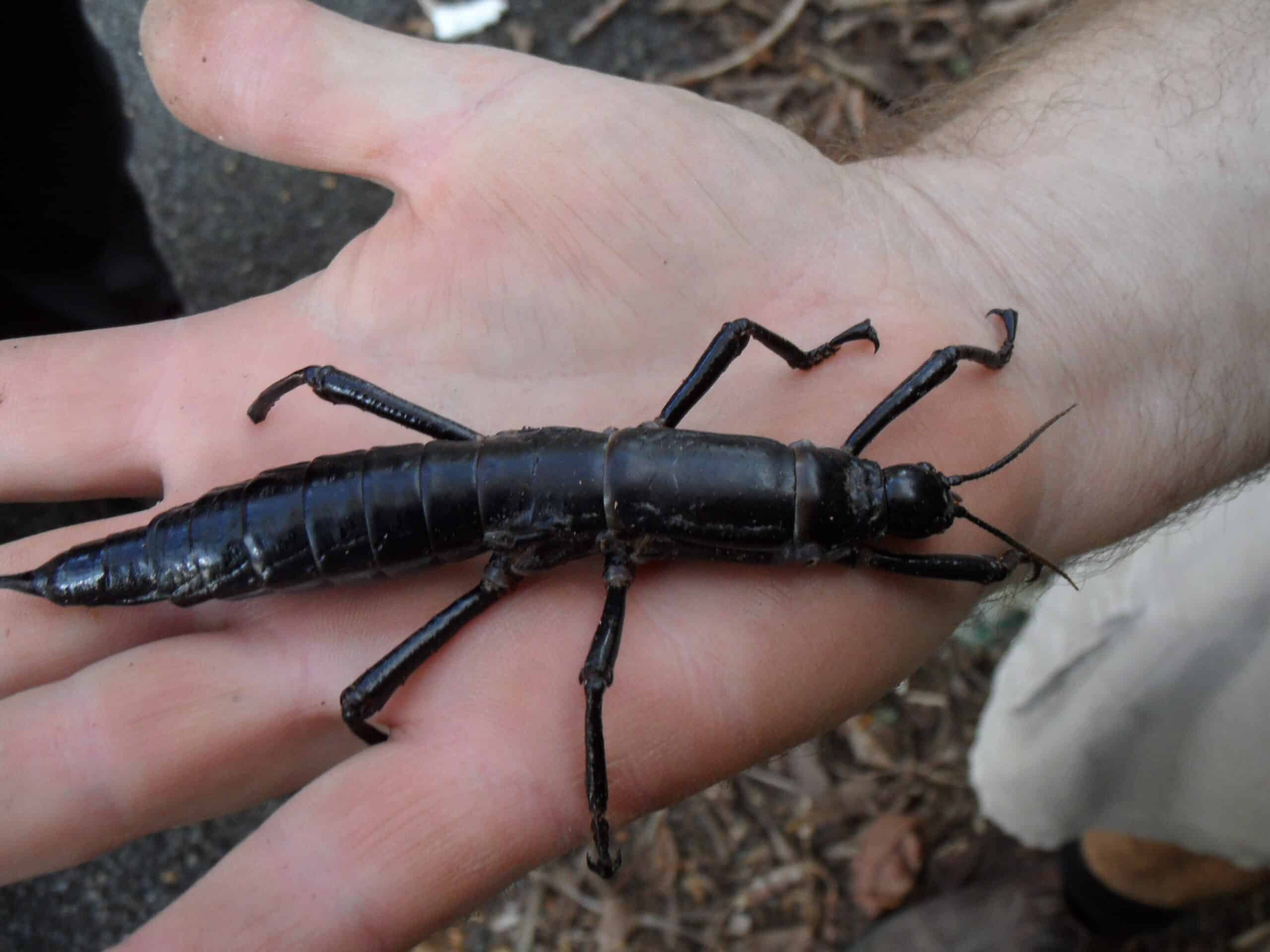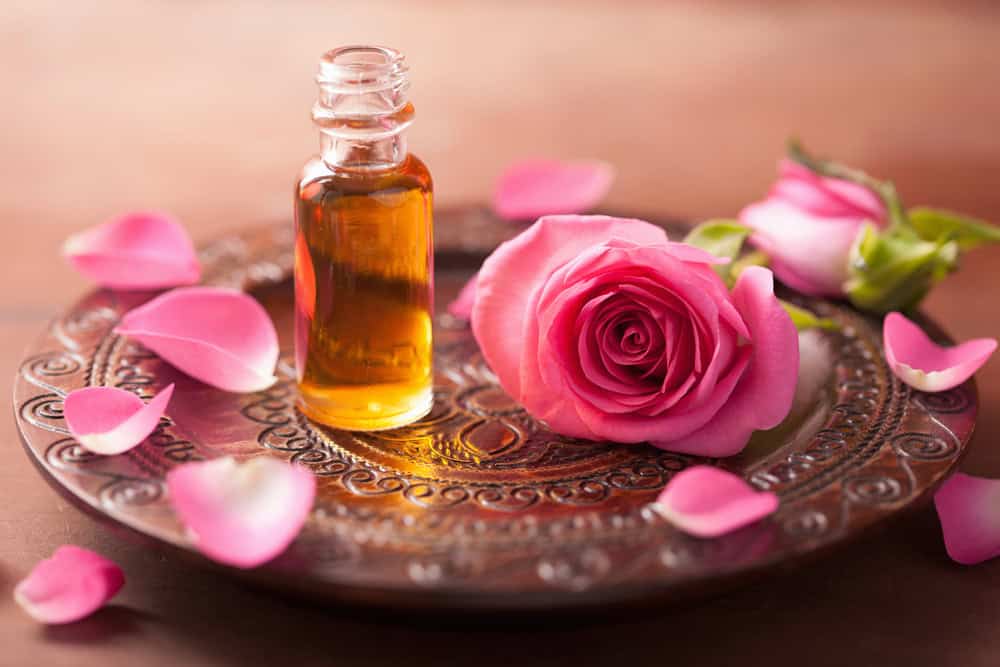Creating a vibrant and captivating aquarium involves more than just adding colorful fish. For enthusiasts seeking something truly unique, rare tropical fish offer an extraordinary experience. These stunning species not only bring diverse beauty to your tank but also present specific care challenges. Understanding their unique requirements and providing the right environment will ensure these rare gems thrive, adding both visual appeal and a sense of accomplishment to your aquatic journey.
Freshwater Polka Dot Stingray (Potamotrygon leopoldi)
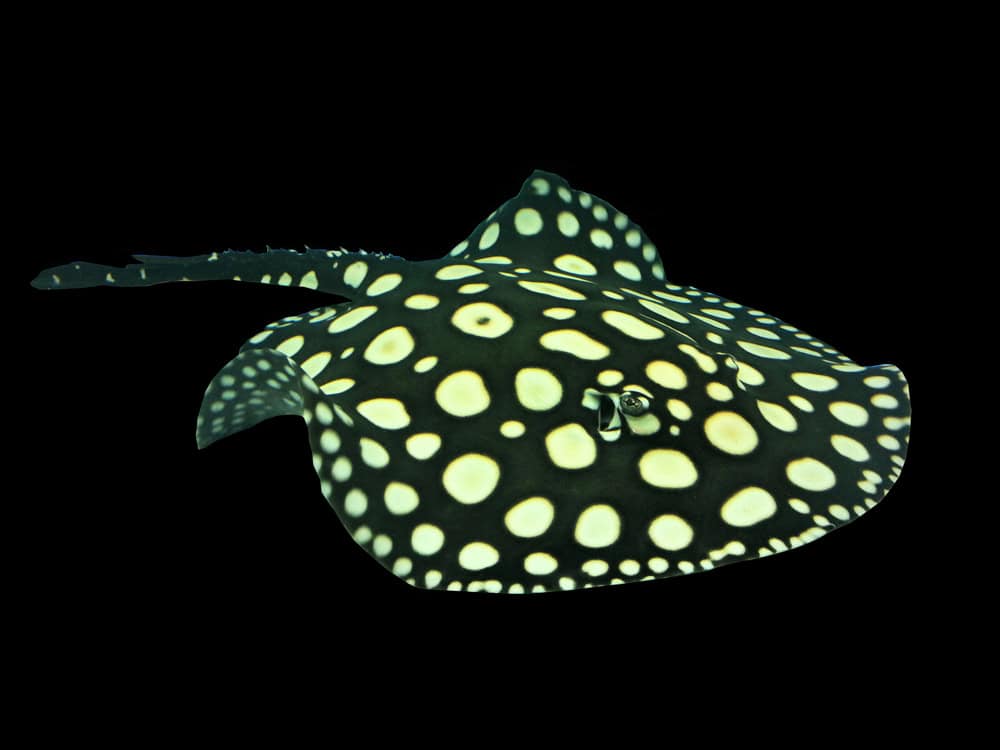
The Freshwater Polka Dot Stingray, with its unique black body and white spots, is a captivating addition to any aquarium. Native to the Xingu River in Brazil, it requires a spacious tank with fine sand and plenty of hiding spots. Maintain water temperatures between 75-82°F, with a pH of 6.5-7.5. A high-quality diet of live and frozen foods, such as bloodworms and shrimp, will keep them healthy. Regular water changes and a robust filtration system are essential for their well-being.
Blue Diamond Discus (Symphysodon aequifasciatus)
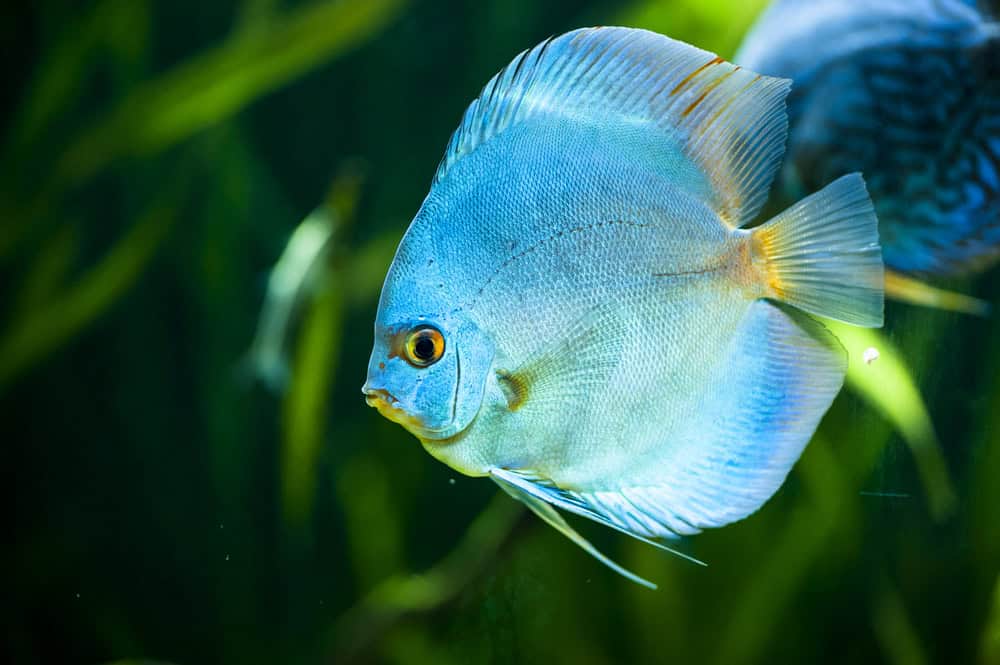
Blue Diamond Discus are known for their stunning blue hue and peaceful demeanor. Originating from the Amazon Basin, these fish thrive in warm waters (82-86°F) with soft, acidic conditions (pH 6.0-6.5). They prefer a densely planted tank with driftwood and plenty of swimming space. Feed them a varied diet of high-quality flakes, pellets, and frozen foods like brine shrimp and bloodworms. Regular water changes and stable water parameters are crucial to prevent stress and disease.
Golden Nugget Pleco (Baryancistrus xanthellus)
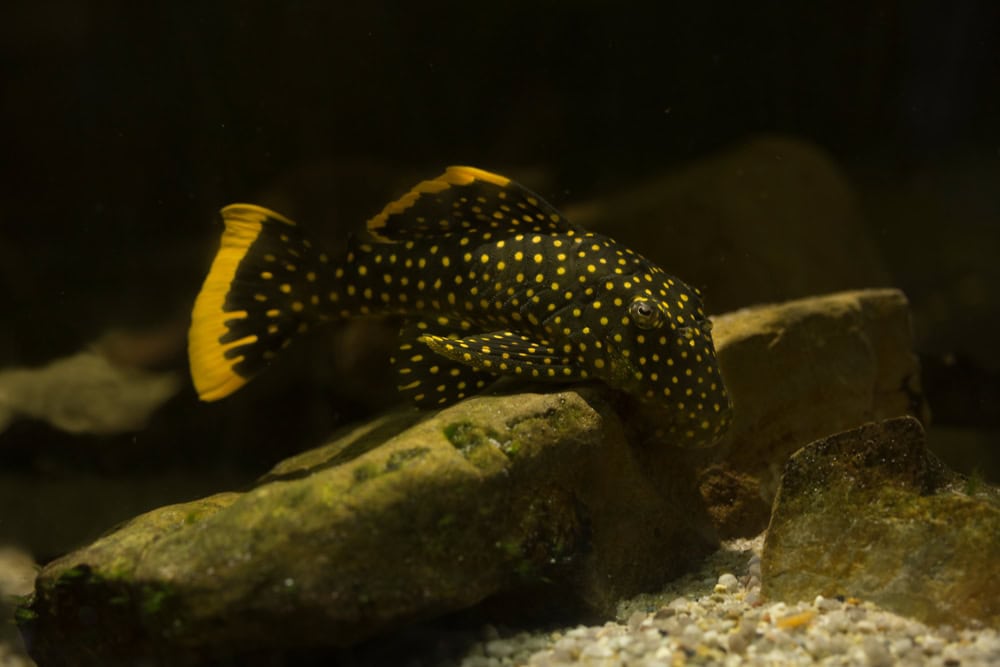
The Golden Nugget Pleco, with its striking yellow spots, adds a splash of color to any aquarium. Found in the Rio Xingu in Brazil, they require a well-oxygenated tank with a moderate to strong current. Maintain water temperatures of 75-86°F and a pH of 6.5-7.5. Provide plenty of hiding places with rocks and driftwood. They are omnivorous, feeding on algae wafers, vegetables, and occasional protein sources like bloodworms. Keep the tank clean with regular water changes and efficient filtration.
Clown Loach (Chromobotia macracanthus)
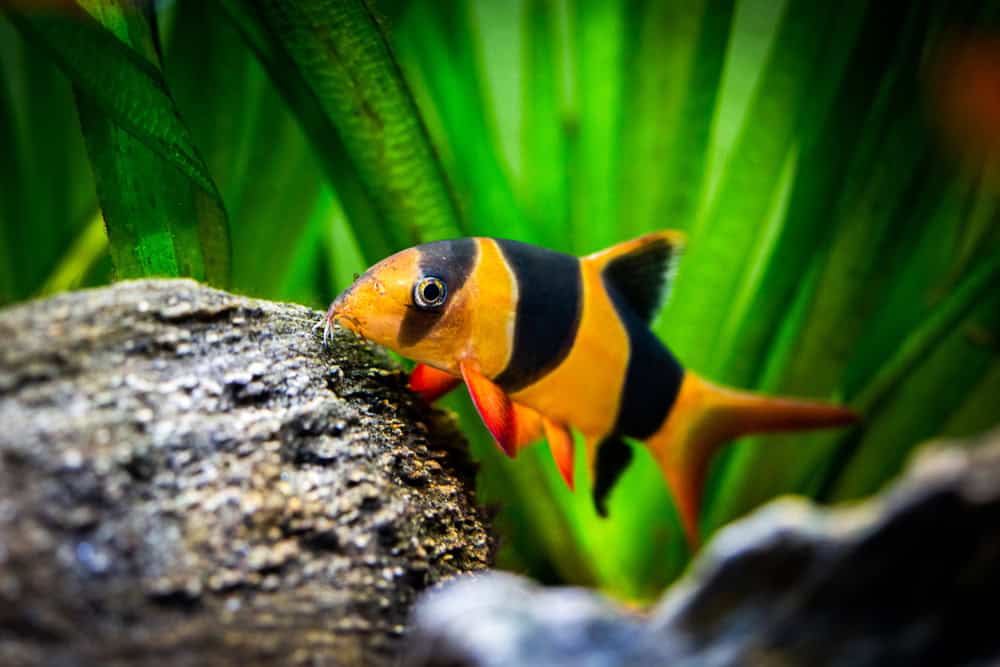
Clown Loaches are playful fish with vibrant orange and black stripes. Native to Indonesian rivers, they thrive in warm, soft water (77-86°F, pH 6.0-7.5). A spacious tank with hiding spots and a sandy substrate is ideal. They are social fish, best kept in groups. Feed them a varied diet of high-quality flakes, pellets, and live or frozen foods like brine shrimp. Regular water changes and a well-maintained tank are essential for their health and happiness.
Black Ghost Knifefish (Apteronotus albifrons)
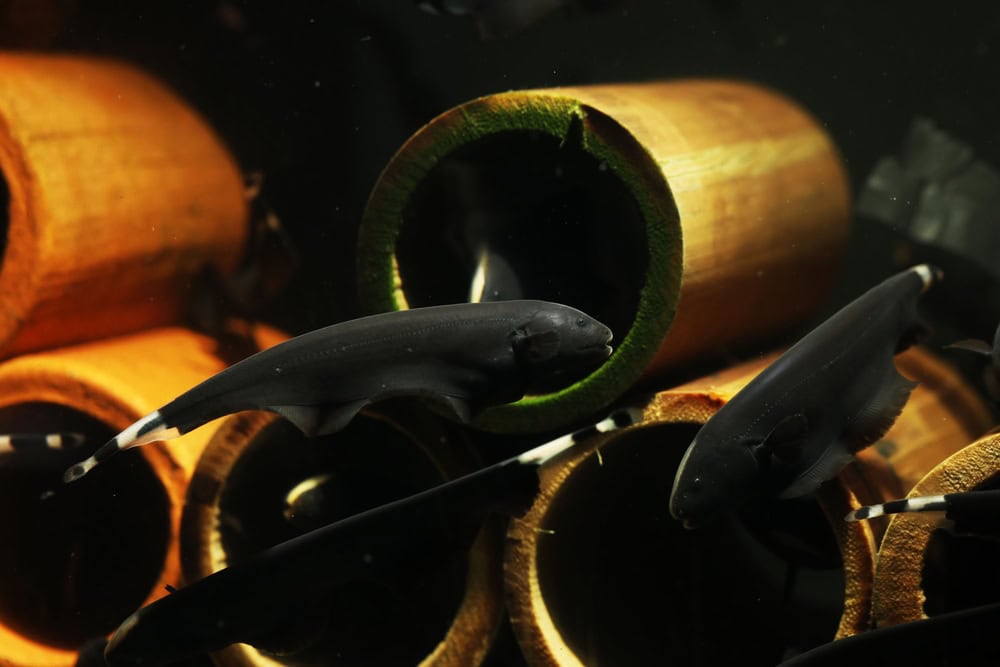
The Black Ghost Knifefish, with its sleek, black body and undulating movements, is a fascinating species. Originating from South American freshwater habitats, they prefer a dimly lit tank with plenty of hiding spots. Keep the water temperature between 73-82°F and a pH of 6.5-8.0. They are carnivorous, enjoying a diet of live or frozen foods like bloodworms and brine shrimp. Ensure excellent water quality with regular changes and a strong filtration system.
Zebra Pleco (Hypancistrus zebra)
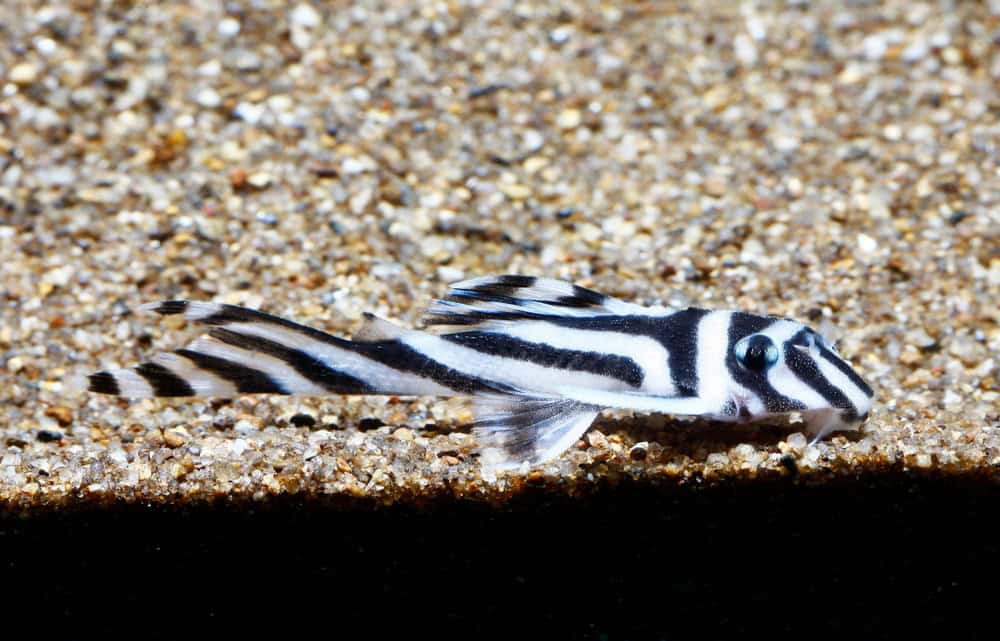
The Zebra Pleco, known for its striking black and white stripes, is a rare gem from the Xingu River in Brazil. They need a well-oxygenated tank with moderate to strong water flow, temperatures of 79-86°F, and a pH of 6.5-7.5. Provide plenty of hiding spots with rocks and driftwood. These omnivores feed on algae, vegetables, and protein sources like bloodworms. Regular water changes and excellent filtration are key to their health.
Electric Blue Ram (Mikrogeophagus ramirezi)
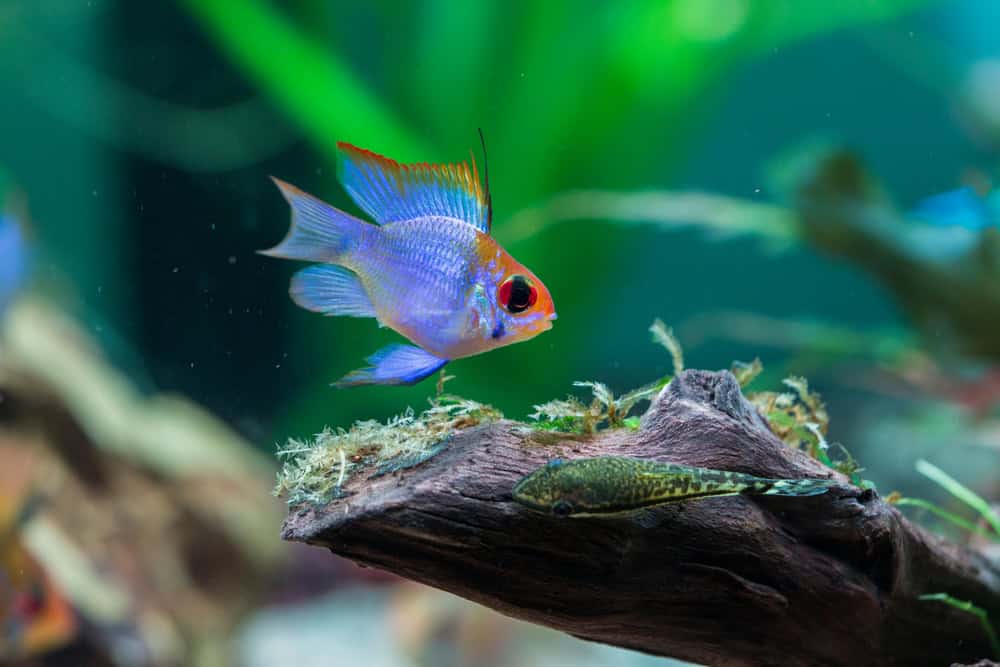
Electric Blue Rams are stunning fish with vibrant blue coloration and a peaceful temperament. Native to the Orinoco River Basin, they prefer warm water (78-85°F) with a slightly acidic to neutral pH (6.0-7.5). A well-planted tank with open swimming areas suits them best. Feed them a varied diet of high-quality flakes, pellets, and live or frozen foods. Maintain pristine water quality with regular changes and proper filtration to keep them healthy.
Green Phantom Pleco (Hemiancistrus subviridis)

The Green Phantom Pleco, with its unique green coloration, hails from the fast-flowing waters of Venezuela. They require a well-oxygenated tank with moderate to strong current, temperatures of 75-86°F, and a pH of 6.5-7.5. Provide plenty of hiding places with rocks and driftwood. Their diet should include algae wafers, vegetables, and occasional protein sources. Regular water changes and efficient filtration are essential for their well-being.
Altum Angelfish (Pterophyllum altum)

Altum Angelfish are distinguished by their tall bodies and elegant fins. Native to the Orinoco and Rio Negro river basins, they thrive in warm (82-86°F), soft, and acidic water (pH 4.5-6.5). A tall tank with plenty of vertical swimming space and plants is ideal. Feed them a diet of high-quality flakes, pellets, and live or frozen foods. Regular water changes and stable water conditions are crucial for their health.
Red Tail Catfish (Phractocephalus hemioliopterus)
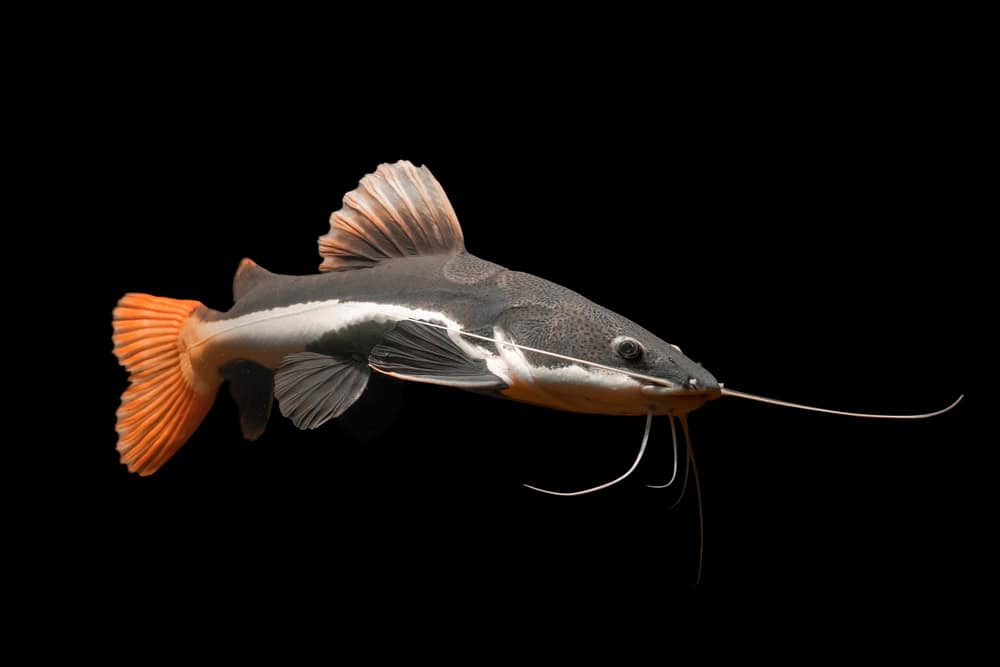
The Red Tail Catfish, with its striking red tail and large size, is a true showstopper. Native to South America, they require a massive tank (at least 1,000 gallons) with temperatures of 72-79°F and a pH of 6.0-7.5. These carnivorous fish enjoy a diet of live or frozen prey like fish and shrimp. Ensure a robust filtration system and regular water changes to keep them healthy.
Jewel Cichlid (Hemichromis bimaculatus)
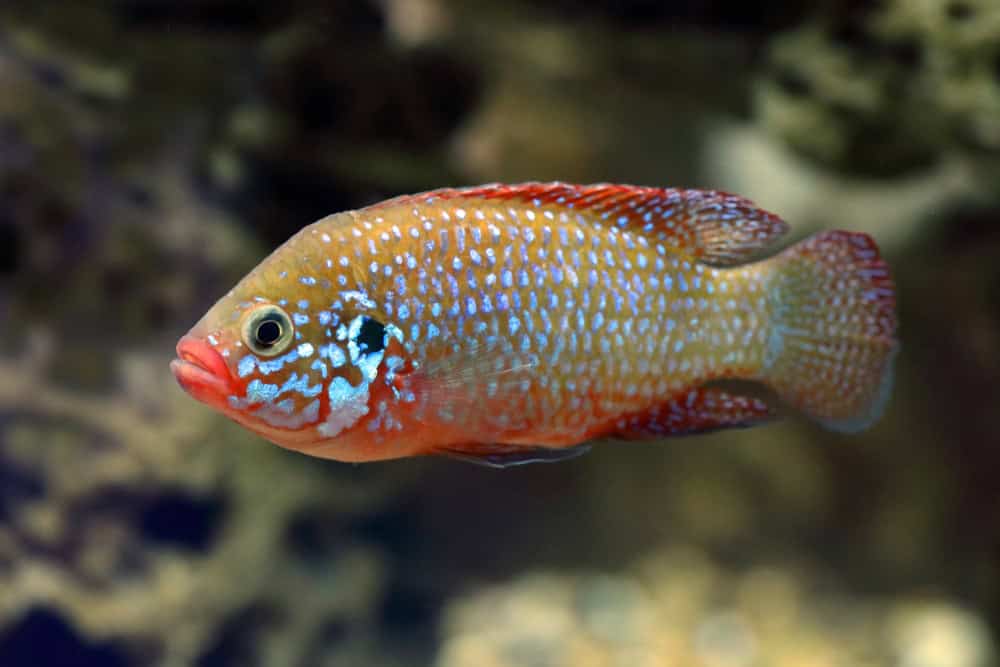
Jewel Cichlids, known for their vibrant red and blue colors, are native to West Africa. They thrive in warm water (75-80°F) with a pH of 6.5-7.5. A tank with plenty of hiding spots and territories suits them best. Feed them a varied diet of high-quality flakes, pellets, and live or frozen foods. Regular water changes and stable water conditions are vital to prevent aggression and stress.
Mandarin Dragonet (Synchiropus splendidus)
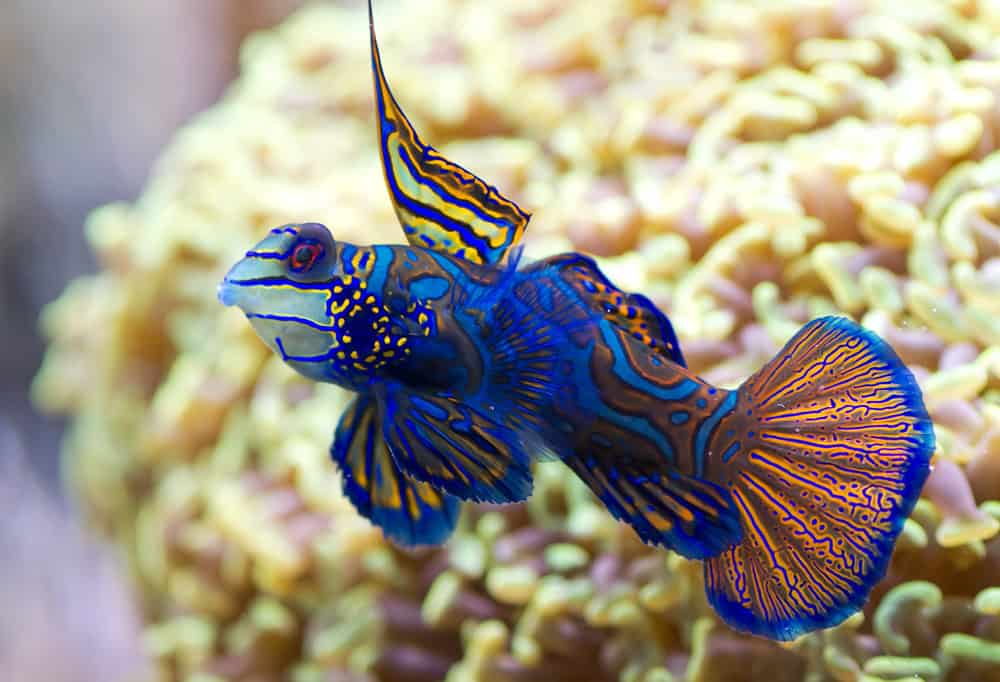
The Mandarin Dragonet, with its psychedelic colors and patterns, is a small but captivating saltwater fish. Native to the Pacific Ocean, they require a well-established reef tank with plenty of live rock and a thriving population of copepods. Maintain water temperatures of 72-78°F and a pH of 8.1-8.4. These fish are specialized feeders, relying on live foods like copepods and brine shrimp. Ensure excellent water quality with regular changes and proper filtration.
Betta Macrostoma (Betta macrostoma)
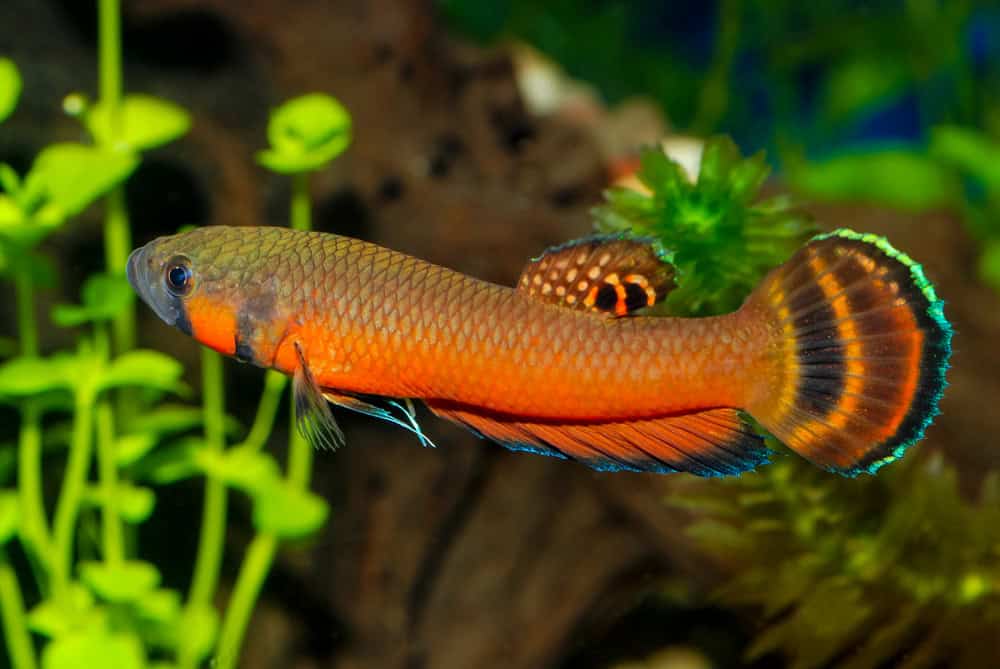
Betta Macrostoma, or the Brunei Beauty, is a rare and stunning Betta species. Native to Brunei, they thrive in warm (75-82°F), soft, and acidic water (pH 4.0-6.0). A tank with plenty of plants and hiding spots is ideal. Feed them a diet of high-quality pellets, flakes, and live or frozen foods. Regular water changes and stable water conditions are essential to prevent stress and disease.
Chocolate Gourami (Sphaerichthys osphromenoides)
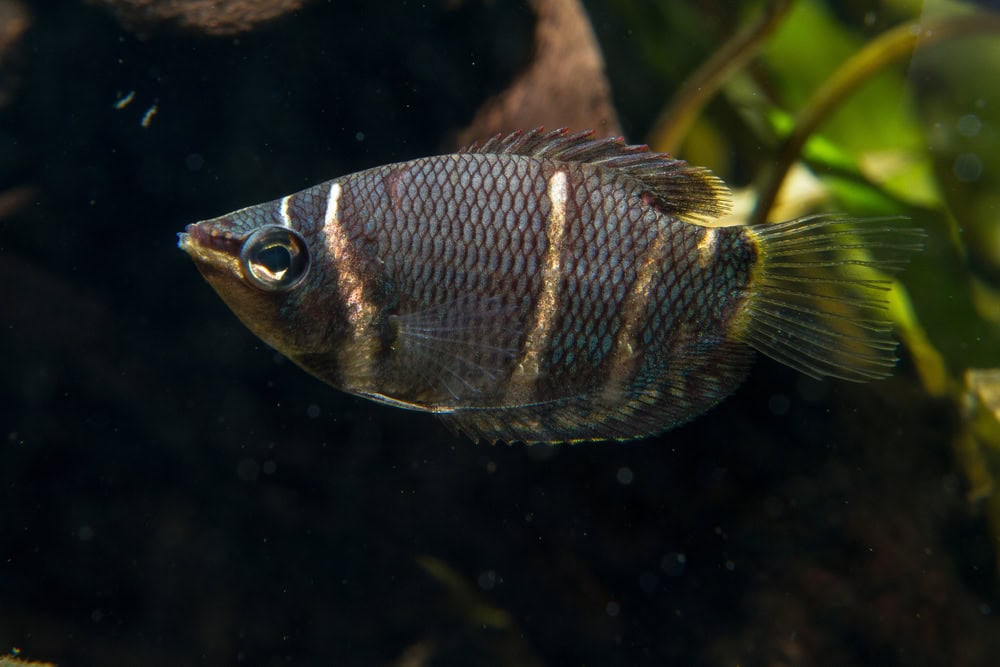
Chocolate Gouramis, with their rich brown coloration and peaceful nature, are a delight for any aquarist. Native to Southeast Asia, they require warm (77-82°F), soft, and acidic water (pH 4.0-6.5). A well-planted tank with plenty of hiding spots suits them best. Feed them a varied diet of high-quality flakes, pellets, and live or frozen foods. Maintain excellent water quality with regular changes and proper filtration.
Pearl Gourami (Trichopodus leerii)
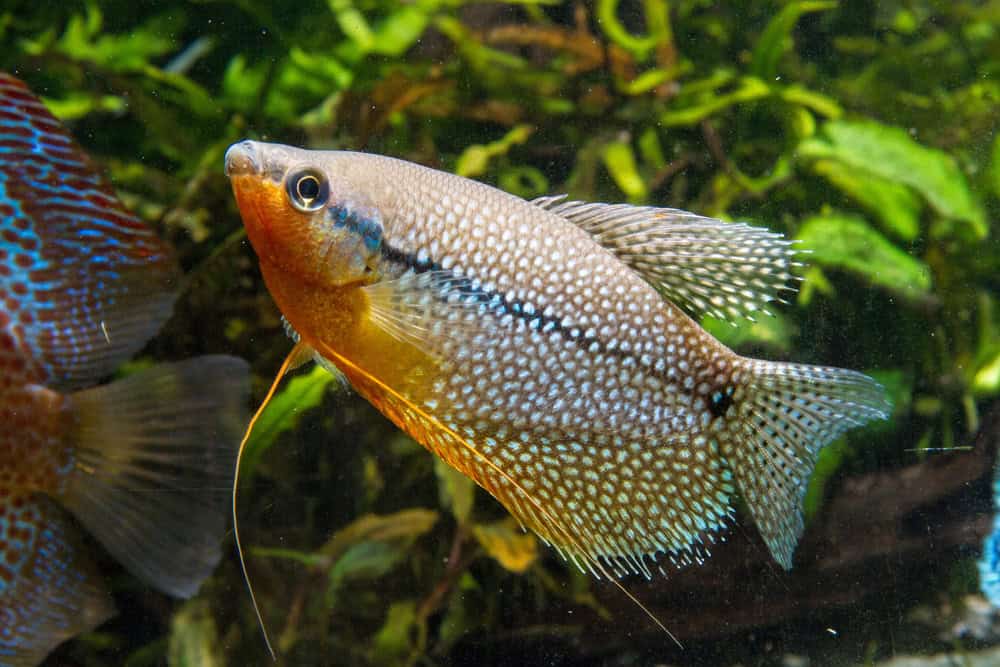
Pearl Gouramis, known for their shimmering pearl-like spots, are native to Southeast Asia. They thrive in warm (77-82°F), slightly acidic to neutral water (pH 6.0-7.5). A well-planted tank with open swimming areas is ideal. Feed them a varied diet of high-quality flakes, pellets, and live or frozen foods. Regular water changes and stable water conditions are crucial for their health.
Royal Pleco (Panaque nigrolineatus)
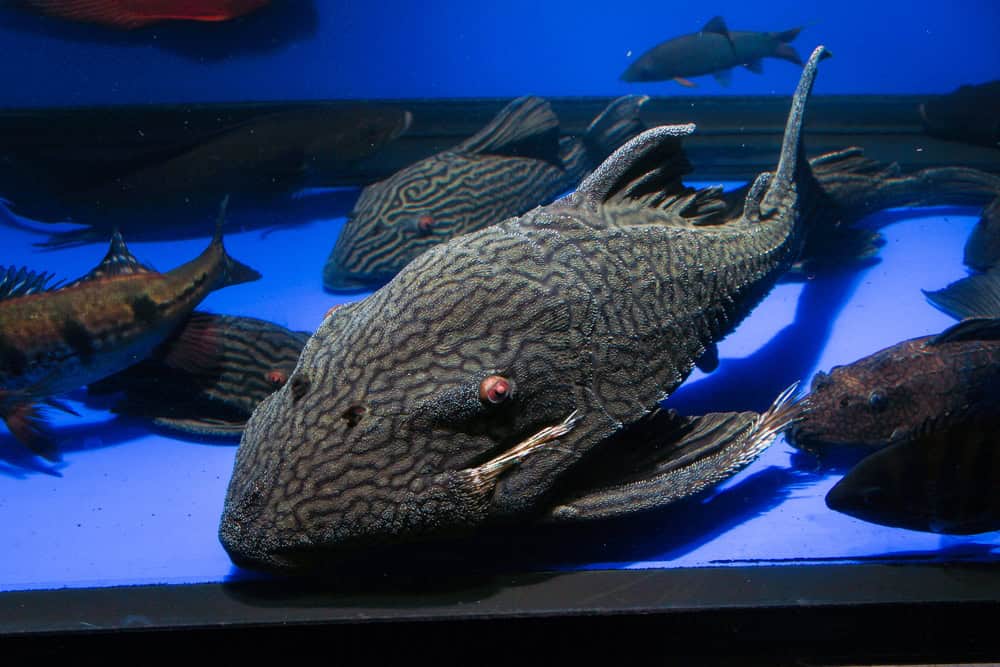
The Royal Pleco, known for its distinctive pattern and hardy nature, originates from the Amazon Basin. They require a spacious tank with plenty of driftwood, which they use both for hiding and as a food source. Keep the water temperature between 75-82°F and a pH of 6.5-7.5. Their diet should include algae wafers, vegetables, and occasional protein sources. Ensure excellent water quality with regular changes and a robust filtration system.
Asian Arowana (Scleropages formosus)

The Asian Arowana, revered as a symbol of good luck, is known for its metallic scales and elongated body. Native to Southeast Asia, they need a large tank (at least 250 gallons) with temperatures of 75-86°F and a pH of 6.0-7.5. They are carnivorous, enjoying a diet of live or frozen fish, insects, and shrimp. Secure the tank with a tight-fitting lid, as they are powerful jumpers. Regular water changes and robust filtration are essential.
Sailfin Pleco (Pterygoplichthys gibbiceps)
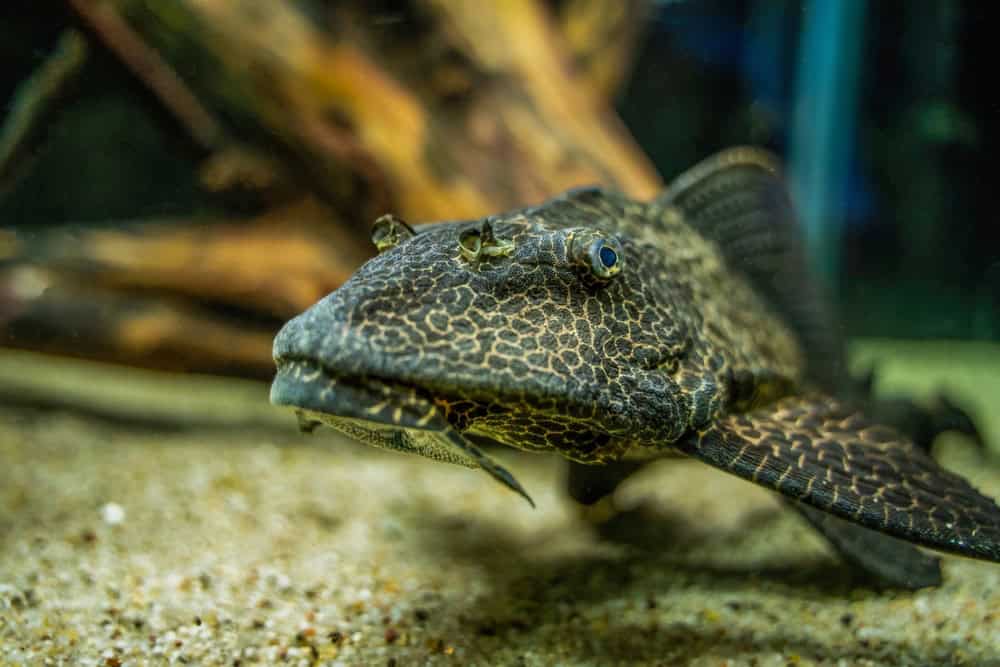
The Sailfin Pleco, with its impressive dorsal fin and unique patterns, is a popular choice among aquarists. Native to the Amazon Basin, they require a large tank with temperatures of 72-86°F and a pH of 6.5-7.5. Provide plenty of hiding spots with rocks and driftwood. They are omnivorous, feeding on algae, vegetables, and occasional protein sources. Maintain excellent water quality with regular changes and strong filtration.
This article originally appeared on Rarest.org.
More From Rarest.Org
Martial arts are more than just methods of self-defense or sport; they are profound expressions of cultural heritage and philosophy. Across the globe, numerous martial arts have developed, each rooted in the history and traditions of its people. Read more.
Insects are some of the most diverse and numerous species on Earth, yet their world is often unseen and unappreciated. Despite their abundance, some insects are incredibly rare, teetering on the brink of extinction or found in very isolated locations. Read more.
Essential oils are much more than just pleasant scents; they are potent extracts that harness the therapeutic properties of plants. These oils are obtained through meticulous extraction processes that often require large quantities of plant material, making some varieties particularly rare and expensive. Read more.


